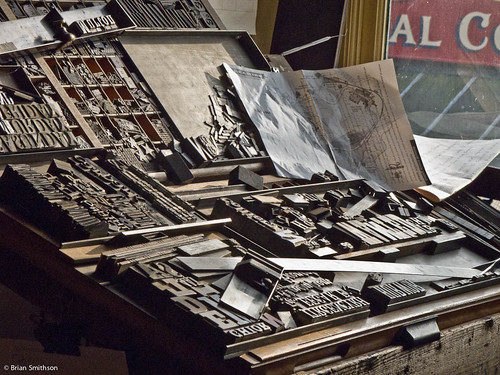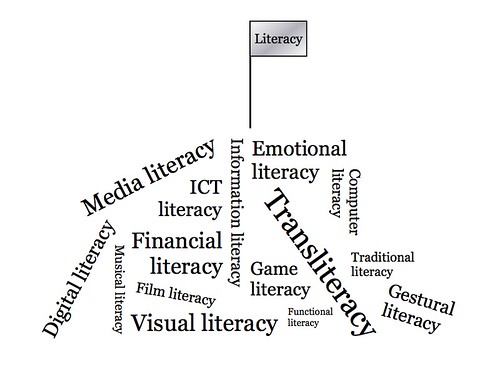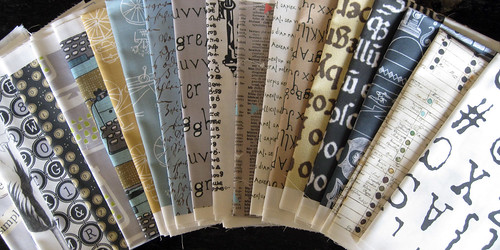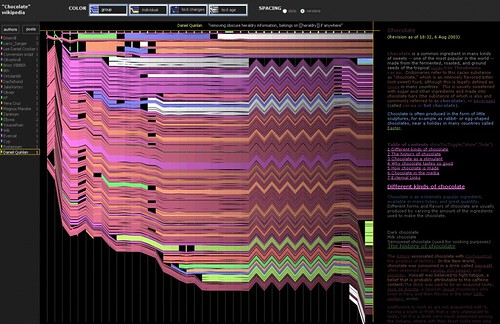
Hello everyone,
My name is Jeff Miller, and I am one of the instructors in ETEC540. I chose this image of an old composition desk for a printing press, as it provides a snapshot of the past, mechanical age of print. Then as now, the production of text was a highly technologized process (a fact that we’ll explore through the early part of the course). While printing presses continue to run in support of an ever increasing volume of printed material from newspapers, to magazines and books, more and more aspects of the printing process are impacted by the presence of digital technologies, both in the production of texts that will end up on a physical page as well as in the production of texts that are destined for the screen. The presence of ebooks, networked-based hypertext, multimedia and other forms of electronic writing still draws heavily on the morays of printed texts, but we are seeing new forms of writing and spaces in which text is newly motivated by electronic means into new configurations on the screen and across networks. We will have opportunities to critically consider these new spaces for writing and reading and what impact they might have on literacy practice and knowledge production within and beyond academic settings.
You can find some bio information about me in the Connect site, but to recap, I am a senior manager with UBC’s Centre for Teaching, Learning and Technology. I lead cross-faculty development teams on educational projects ranging from individual courses through to whole programs, as well as support different kinds of professional development for faculty around teaching with technology. Currently, I am providing program management to UBC’s new Flexible Learning initiative, a project that is focused on enhancing the overall quality of learning experiences for UBC students. Over the summer, we launched 40 projects ranging from flipped classroom models where changes are made to the activity structure of the classroom to enhance active learning, through to blended and fully-online courses and programs across 11 Faculties. I’m keenly interested in how learning spaces influence the potential for interaction amongst student peers and between students and instructors, so a lot of my own design efforts focus on leveraging learning technologies to integrate multimodal design tools and online spaces into UBC course contexts.
I am looking forward to working with you in the course!
Photo credit: smithser (Flickr)







